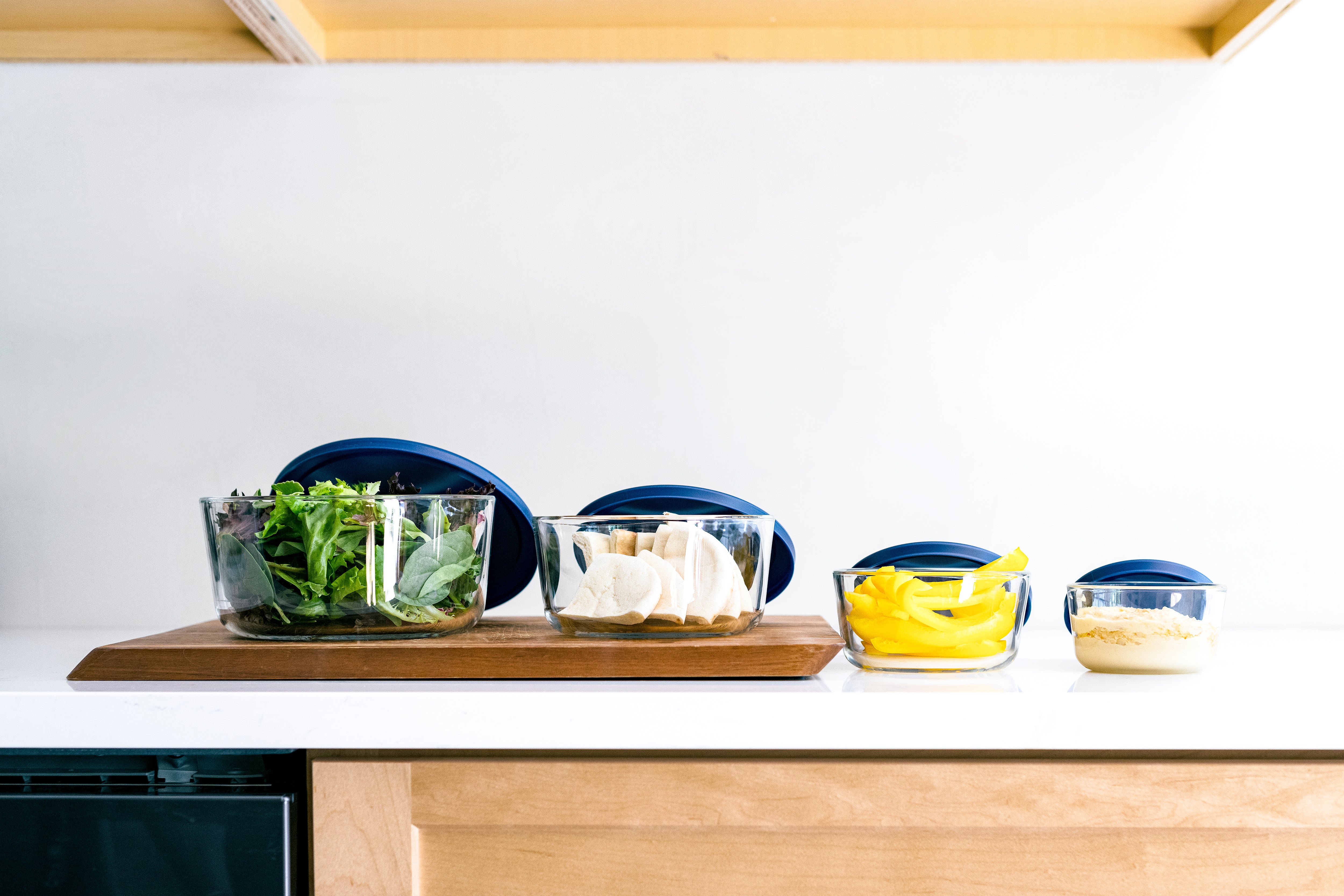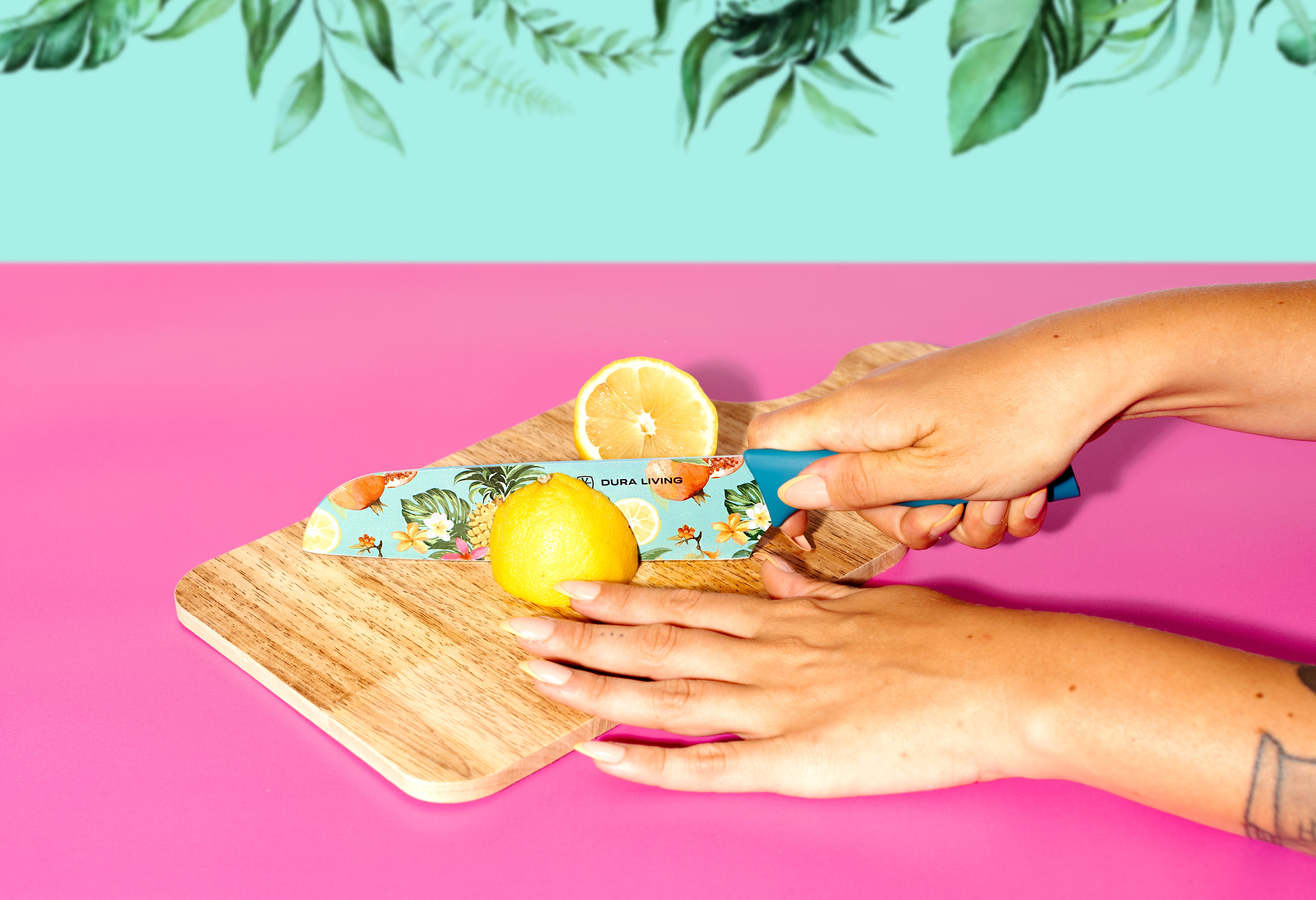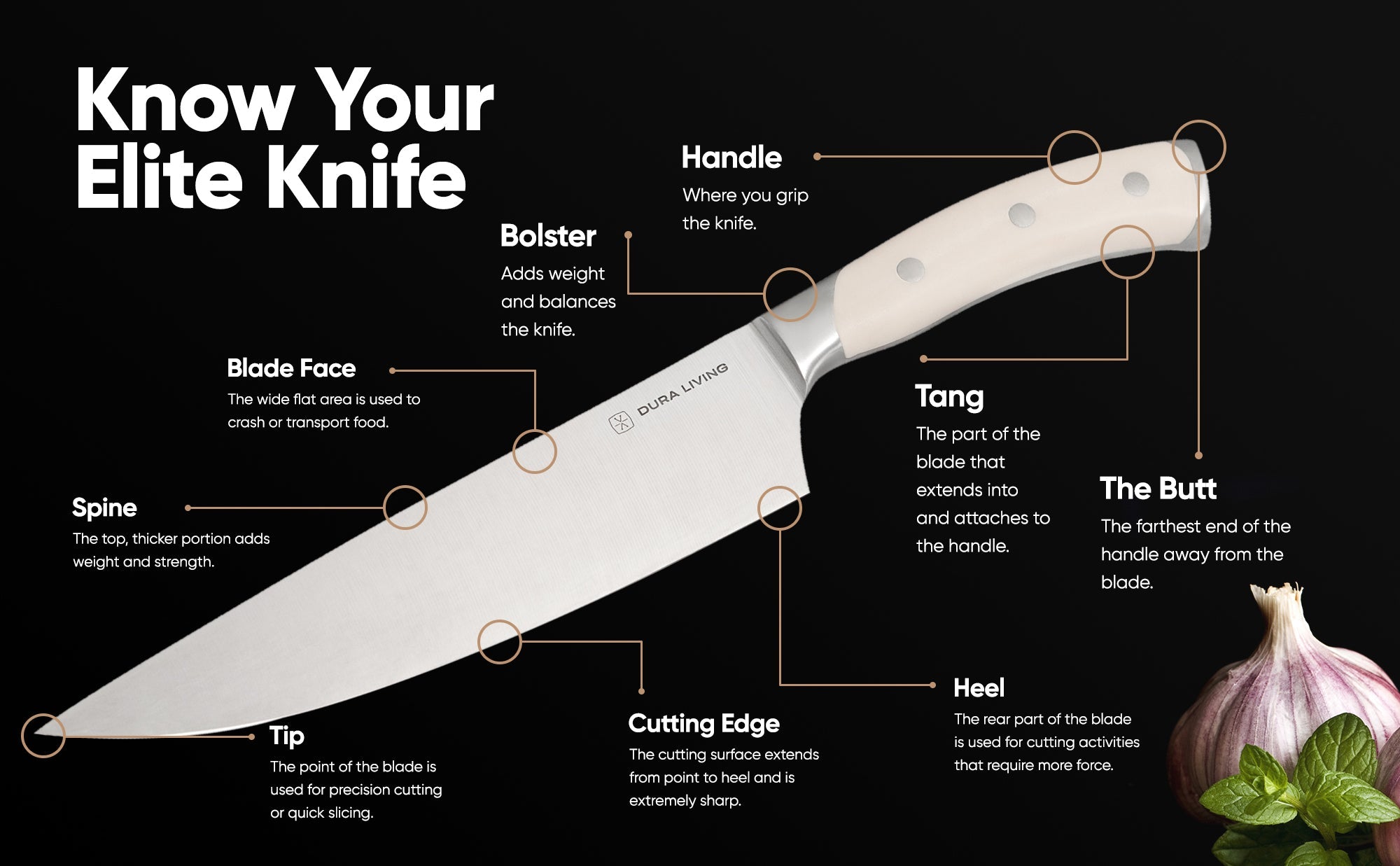
How to Care for Your Wooden Cutting Board: A Simple Guide for Longevity 🌿
Wooden cutting boards are kitchen essentials that blend beauty and function. To keep yours looking pristine and lasting for years, follow these easy care tips:
1. Clean Gently, Not Harshly
-
After each use, wash your board with warm water and mild dish soap.
-
Avoid soaking it or running it through the dishwasher—excess moisture can warp or crack the wood.
2. Dry Thoroughly
-
Towel-dry immediately, then stand it upright to air-dry completely. Trapped moisture breeds bacteria and weakens the wood over time.
3. Sanitize Naturally
-
Spray or wipe with white vinegar (a natural disinfectant) or a diluted bleach solution (1 tbsp bleach per gallon of water). Rinse well and dry.
-
For tough odors, use hydrogen peroxide (3% solution) and rinse after 5 minutes.
4. Refresh with Lemon & Salt
-
Sprinkle coarse salt on the surface, scrub with half a lemon, then rinse. This lifts stains and neutralizes odors without harsh chemicals.
5. Nourish with Oil
-
Apply food-grade mineral oil every 3–4 weeks (or when the wood looks dry).
-
Pro tip: Avoid cooking oils (like olive or vegetable oil)—they can turn rancid and spoil your board.
6. Boost Protection with Wax
-
Once a month, use a beeswax-mineral oil blend (melt 1 part beeswax + 4 parts oil). Rub it into the wood, let it set, then buff for a water-resistant shine.
7. Store Smart
-
Keep boards upright in a cool, dry place. Avoid humidity, direct sunlight, or heat sources (like stovetops) to prevent warping or fading.
8. Revive Scratches & Scuffs
-
Lightly sand the surface with 220–400 grit sandpaper to smooth out cuts. Always re-oil afterward to reseal the wood.
9. What to Avoid
-
Never soak the board or expose it to extreme heat (like hot pans).
-
Use separate boards for raw meats and veggies to prevent cross-contamination.


